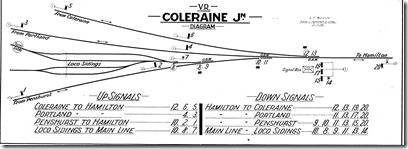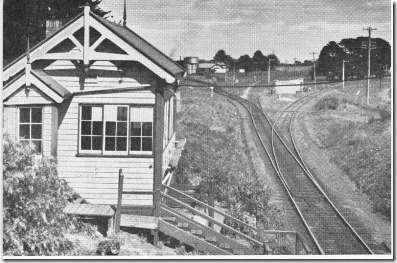One of the problems with modelling railways as a hobby is that unlike model tanks or model ships you really need somewhere to run and show off your models, otherwise they simply sit there taking up space and collecting dust and in any case, why then do you need more than one of a particular wagon or locomotive?
But of course for many of us there is the questions of time and space. Building a model railway requires time and lots of space. We are all familiar with the monster railways featured in Model Railroader which take up all the basement of a house, are built over a ten year period by the author and a crew of ten “buddies”. Even “small” layouts are 9ft by 13ft (2.74 by 3.96m) or are in N scale.
Enter the “micro layout” concept. "Micro layouts are small model railroads, usually less than three or four square feet in area, that nonetheless have a clear purpose and excellent operating capability." (the late Carl Arendt see http://www.carendt.com/index.html).
The concept has been around for a while but I hadn't really paid attention as many of the miro-layouts seemed to be a model railway answer to the theological problem of how many angels on a pin – they simply tried to be as miro as possible. However one day I came across Chris Nevard’s micro layout Polbrock (see his blog site which is at http://nevardmedia.blogspot.com.au/ and search the tag cloud for Polbrock). The model is described as “a back of an envelope plan for a 3x1 foot (excluding fiddle yards) micro depicting a fictitious halt and crossing on the Wenford Bridge branch line” (http://nevardmedia.blogspot.com.au/2011/09/having-little-doodle.html) and he built the baseboard in a box in three hours!
For me the concept is good as the size is right - fits on the top of my bookcases and the time is right – a few days work would get the basic model up and running.
But of course I cannot duplicate Polbrock but what attracted me in the first place was thinking that there was some vague similarity to Coleraine Junction which I had often thought would be interesting to model. Coleraine Junction was where the Coleraine Branch line joined with the main line from Ararat to Portland and was immediately south of Hamilton. About 10 yards further south, the line from Port Fairy and Koroit joined and from the 1950s the engine depot that served Hamilton was located immediately south of Coleraine Junction.
There are a number of diagrams available but this box diagram shows the general arrangement. The trains from Hamilton run under a road overbridge (this would form one edge of the layout) and the signal box is located immediately south of this on a small bank. The 1966 photo (below) which I guess was taken from the bridge shows the general scene with the lines branching off and the loco depot in the background.
The box would make a pretty model and there would be no shortage of traffic goods and mixed trains mostly and I imagine, quite a flow of light engines to and from the depot. all of which would slowly pass the junction.
There are of course a number of design problems to be resolved – I have a good concept for the Hamilton end but am less clear about how to deal with the trains at the other end, probably a form of selective compression. I am not sure how to align the tracks once they leave the layout. I plan to have the trains run into cassettes in lieu of fiddle yards.
So this is the concept – what is the next stage? I guess the next stage is to rough out a design.

